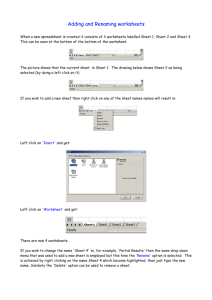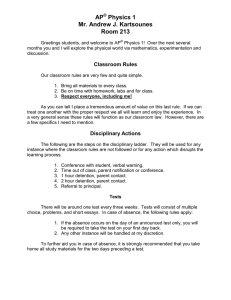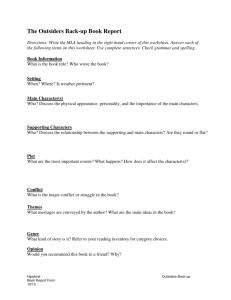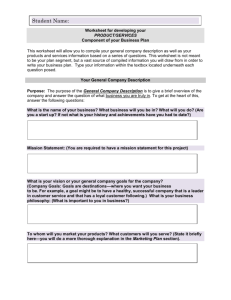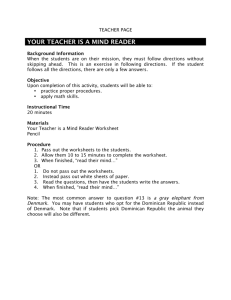Audience Analysis Worksheet
advertisement
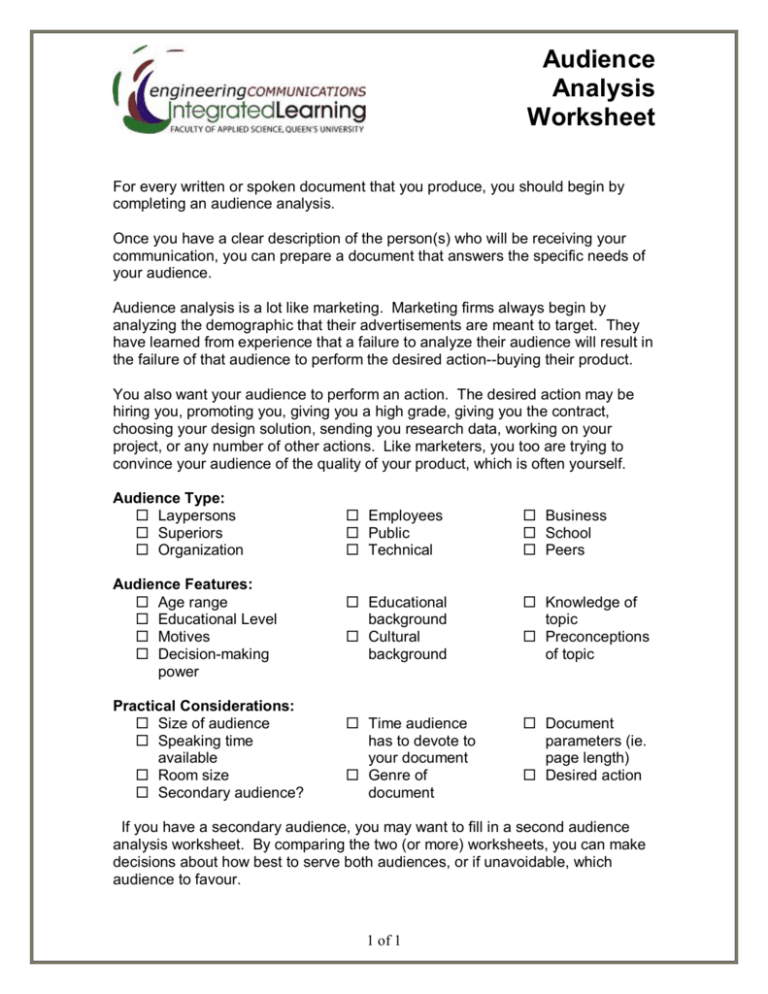
Audience Analysis Worksheet For every written or spoken document that you produce, you should begin by completing an audience analysis. Once you have a clear description of the person(s) who will be receiving your communication, you can prepare a document that answers the specific needs of your audience. Audience analysis is a lot like marketing. Marketing firms always begin by analyzing the demographic that their advertisements are meant to target. They have learned from experience that a failure to analyze their audience will result in the failure of that audience to perform the desired action­­buying their product. You also want your audience to perform an action. The desired action may be hiring you, promoting you, giving you a high grade, giving you the contract, choosing your design solution, sending you research data, working on your project, or any number of other actions. Like marketers, you too are trying to convince your audience of the quality of your product, which is often yourself. Audience Type: ¨ Laypersons ¨ Superiors ¨ Organization Audience Features: ¨ Age range ¨ Educational Level ¨ Motives ¨ Decision­making power Practical Considerations: ¨ Size of audience ¨ Speaking time available ¨ Room size ¨ Secondary audience? ¨ Employees ¨ Public ¨ Technical ¨ Business ¨ School ¨ Peers ¨ Educational background ¨ Cultural background ¨ Knowledge of topic ¨ Preconceptions of topic ¨ Time audience has to devote to your document ¨ Genre of document ¨ Document parameters (ie. page length) ¨ Desired action If you have a secondary audience, you may want to fill in a second audience analysis worksheet. By comparing the two (or more) worksheets, you can make decisions about how best to serve both audiences, or if unavoidable, which audience to favour. 1 of 1
